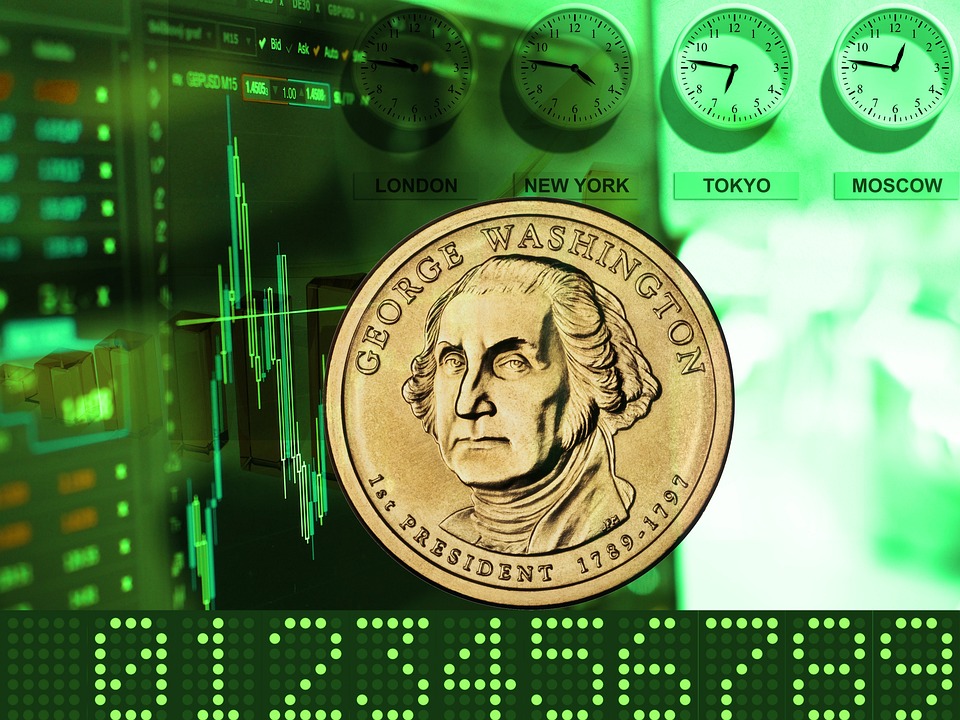Harnessing Market Volatility: Strategies for Predicting and Capitalizing on Price Swings
Market volatility is a term that describes the erratic and unpredictable movements in the value of financial instruments, like stocks, bonds, commodities, and currencies. Volatility can lead to major price swings, making it difficult for investors to predict market movements and make informed trading decisions.
However, market volatility also presents opportunities for astute traders to profit from these price fluctuations. By understanding the underlying causes of volatility and implementing effective strategies, traders can learn to predict and capitalize on these price swings, thereby, potentially increasing their returns and reducing risk.
In this article, we will explore the concept of market volatility, its causes, and some strategies that traders can employ to harness volatility to their advantage.
Understanding Market Volatility
Market volatility refers to the degree of variation in asset prices over time. It is commonly measured using the standard deviation of an asset’s returns or the volatility index (VIX) for the stock market. High volatility signifies larger price swings and uncertainty, while low volatility indicates smaller fluctuations and more stability in prices.
Volatility can be caused by a myriad of factors, including economic data releases, geopolitical events, company earnings reports, interest rate changes, and market sentiment. Unexpected developments, such as natural disasters, political instability, and global pandemics, can also contribute to heightened volatility in financial markets.
The Impact of Market Volatility
Volatility can have a significant impact on financial markets and investor behavior. High volatility often leads to increased trading volumes as investors react to sudden price movements, while low volatility can lead to complacency and a false sense of security.
For long-term investors, volatility can present buying opportunities when prices are depressed due to market panic. For traders, volatility can provide opportunities for short-term gains through speculative trading strategies.
Strategies for Predicting and Capitalizing on Market Volatility
1. Technical Analysis
Technical analysis is a popular method for predicting and capitalizing on market volatility. This approach involves analyzing historical price and volume data to identify patterns and trends that may indicate future price movements.
Traders use various technical indicators, such as moving averages, relative strength index (RSI), and Bollinger Bands, to identify potential entry and exit points. By recognizing patterns and trends within the price chart, traders can attempt to predict market movements and capitalize on volatility.
2. Fundamental Analysis
Fundamental analysis involves evaluating the financial health and performance of a company or asset. This strategy aims to identify undervalued or overvalued assets based on qualitative and quantitative factors, such as earnings growth, revenue, profit margins, and market competition.
Traders can use fundamental analysis to predict how market events and economic data releases may impact an asset’s value, leading to potential opportunities to profit from market volatility.
3. Volatility Trading Strategies
There are also specific trading strategies designed to profit from market volatility. For example, options trading allows traders to speculate on price movements through the purchase of call or put options. Straddle and strangle strategies involve simultaneously buying a call and put option on the same asset, aiming to profit from significant price movements in either direction.
Volatility exchange-traded funds (ETFs) and futures contracts are also available for traders to take positions on market volatility directly. These instruments track the performance of volatility indexes or employ strategies to profit from changes in market volatility.
FAQs
Q: Can market volatility be predicted with certainty?
A: Market volatility is inherently unpredictable due to the complex and dynamic nature of financial markets. While traders can use various tools and strategies to identify potential patterns and trends, there is no guarantee of accurately predicting future volatility.
Q: What are the risks associated with trading in volatile markets?
A: Trading in volatile markets carries inherent risks, including increased price fluctuations and higher trading costs. Traders must carefully manage these risks to protect their capital and avoid significant losses.
Q: How can traders mitigate risk when trading in volatile markets?
A: Risk management strategies, such as setting stop-loss orders, diversifying portfolios, and using proper position sizing, can help traders mitigate the risks associated with trading in volatile markets. Additionally, having a well-defined trading plan and disciplined approach can also contribute to risk mitigation.
Q: How can traders stay informed about market events and economic data releases?
A: Traders can stay informed by regularly monitoring financial news, economic calendars, and corporate announcements. Many brokers also provide access to research reports, market analysis, and real-time data to help traders stay updated on the latest developments in the financial markets.
In conclusion, market volatility presents both challenges and opportunities for traders and investors. By understanding the underlying causes of volatility and implementing effective strategies, traders can learn to predict and capitalize on price swings, potentially increasing their returns and reducing risk. While there are no guarantees in the financial markets, careful analysis, risk management, and disciplined trading can help traders harness market volatility to their advantage.




